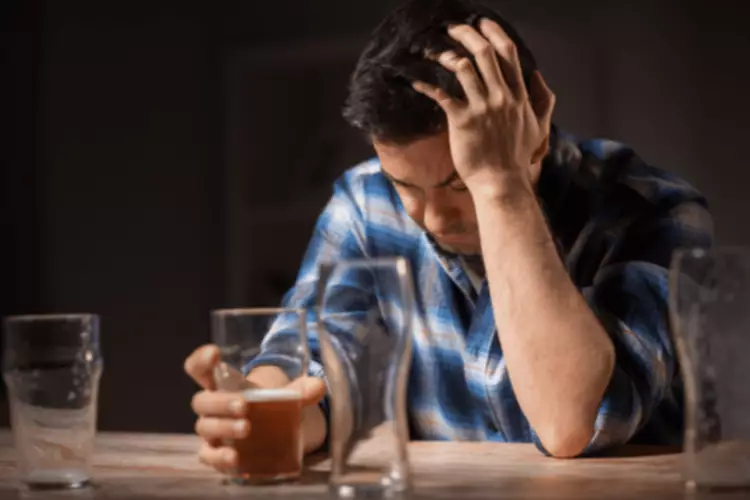Content
It can cause them to turn red because consuming alcohol causes the vessels in your eyes to swell and fill with blood – hence the term bloodshot. Your eyes may also get very dry because alcohol is a diuretic, making you urinate more and causing dehydration. Among its short-term effects are blurred vision and double vision, which can be temporary effects of intoxication, although they typically wear off as the person sobers up or the next day. Alcohol abuse can also contribute to long-term changes to vision such as an increased risk of developing cataracts. Alcohol and eyesight are connected, and even light alcohol consumption can impair the eyes and affect vision.
- Keep reading to learn more about how alcohol and eyesight are related and how to avoid complications from alcoholic eyes.
- Understanding your symptoms and signs and educating yourself about health conditions are also a part of living your healthiest life.
- Drinking just one drink can cause you to get dizzy or have blurry vision.
A person may suffer permanent double vision or blurring because of weaker eye muscles resulting from an alcohol-induced thiamine deficiency. Everything is related in the body, which is why paying attention to your holistic health is so important. Also referred to as tobacco-alcohol amblyopia, people who drink or smoke in excess can develop optic neuropathy, though it is rare. Drinking alcohol excessively (frequently or in large amounts) can have harmful effects on your body, including your eyes. Heavy alcohol use may cause problems with your vision and overall eye health. Some temporary effects occur when you drink, and other effects take time to develop and can be permanent.
Risks of Long-Term Excessive Drinking
If you have a problem with alcohol, substitute hard drinks with another refreshment you can enjoy while socializing or relaxing alone. Optometrists recommend yearly eye checks or as blurry vision after drinking alcohol often as your health care provider directs. Researchers often connect the health benefits of red wine to resveratrol, a polyphenol found in grape skins that acts as an antioxidant.
- A summary of studies performed on the efficacy of intravenous erythropoietin and high-dose corticosteroid as a medical treatment for methanol toxicity.
- Overindulgence in stiff drinks can cause hours of impairment to your eyes.
- This can be incredibly annoying as your eyes can never focus on one point for very long.
- If you wake up with a blurry vision and you know you are prone to allergies, you might find that something in your house or around your bed is the culprit.
- People may also consider quitting smoking and reducing alcohol consumption to reduce the risk of negative effects on the eyes and other aspects of health.
- Alcohol abuse can also contribute to long-term changes to vision such as an increased risk of developing cataracts.
Red wine is one of the most commonly reported migraine triggers, but researchers have yet to understand exactly what it is about red wine that causes headaches. Blurry vision can develop after scratching or otherwise physically injuring the eye, but it is also a symptom of many other eye conditions. If you’re at home and develop kaleidoscope vision as part of your migraine, you may want to treat it as you would your migraine.
What to know about the effects of alcohol on the eyes
The presence of a specific type of nystagmus (rhythmic involuntary eye movements) can actually help police decide whether to arrest a driver for drinking and driving. Blurred vision typically occurs at 0.10% blood alcohol level. The number of drinks it takes to get to that level varies based on sex, weight and other factors. For example, it may only take two drinks in an hour for a 100-pound woman to experience blurred vision or up to five drinks in an hour for a 240-pound man.

If you are concerned about the amount you are drinking and are unable to stop on your own, help is available. English Mountain Recovery offers flexible treatment programs to help clients move into recovery. AMD causes blurring in the central part of the field of vision. It leads to difficulties with activities that need to be performed while looking straight ahead, such as driving, sewing and reading. This disease affects the macula, which is the part of the eye that allows you to see things in detail. It’s why people who have had a stressful day might tell themselves that they would like to have a drink to help them unwind.
